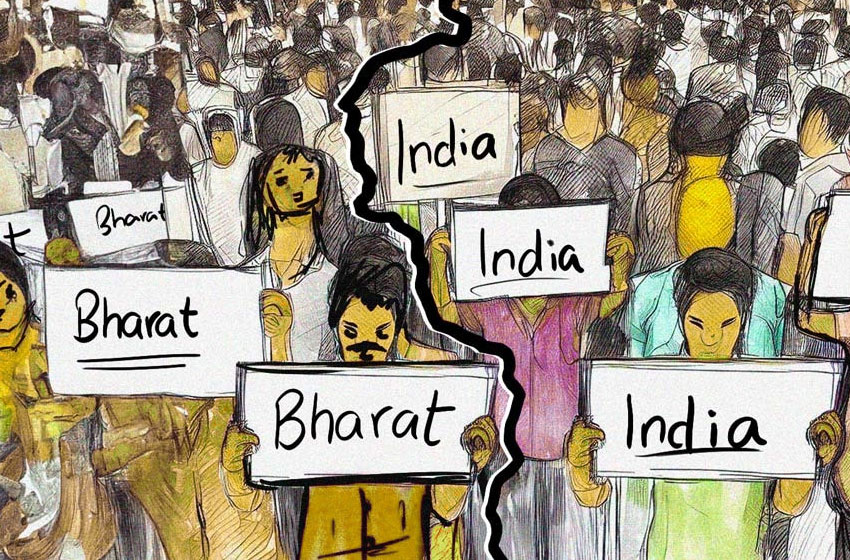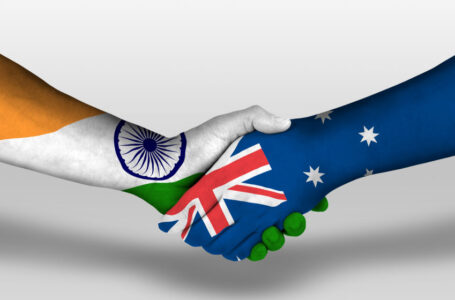The ‘India Vs. Bharat’ Debate: Bridging the Dichotomy

In the diverse tapestry of culture, language, and topography that is India, there’s an underlying debate that often bubbles to the surface – the ‘India Vs. Bharat’ conundrum. This dichotomy is more than just about semantics. It encapsulates the stark disparities, contrasting realities, and the many layers of the Indian psyche that often stand juxtaposed.
‘India’ is often visualised as the urban metropolitan, the land of skyscrapers, bustling malls, tech hubs, and the young and the restless with their cosmopolitan outlook. It represents progress, forward-thinking ideologies, and a globalised vision.
On the other hand, ‘Bharat’ is the soulful heartland, representing the vast rural stretch where traditions run deep, and life moves at its own rhythmic pace. It’s the land of ancient rituals, of folklores sung over bonfires, and communities that still rely on the setting sun to dictate their day’s end.
However, this dichotomy isn’t just geographical or developmental. It’s deeply sociocultural. The ‘India’ image often comes with the baggage of westernisation, while ‘Bharat’ grapples with the weight of tradition. One is perceived as racing ahead, perhaps at times too fast for its own good, while the other is considered lagging, bound by the chains of its own making.
But is the divide really that clear-cut? In today’s age of rapid digitalisation and globalisation, the lines are increasingly getting blurred. The youth in ‘Bharat’ are as aspirational as their counterparts in ‘India’. The digital revolution, spearheaded by affordable smartphones and data, has penetrated deep into the Indian hinterland, creating micro-entrepreneurs, influencing consumption patterns, and changing traditional mindsets.
Similarly, urban India is reconnecting with its roots. Organic farming, meditation retreats, folk music festivals, and a revival of traditional arts signal an urban populace’s desire to reclaim its ‘Bharatiya‘ heritage.
The narrative of ‘India Vs. Bharat’ may serve as a catchy debate point, but it risks oversimplifying a nation’s complex socio-cultural realities. Instead of viewing them as binaries, it’s essential to understand ‘India’ and ‘Bharat’ as two sides of the same coin. They co-exist, influence, and nourish each other.
For India to truly flourish, it’s crucial to bridge the perceived gap between these two entities. Policies need to be inclusive, taking into account the aspirations of both urban India and rural Bharat. Infrastructure and education should be such that they act as catalysts in this integration.
In conclusion, the ‘India Vs. Bharat’ debate isn’t about choosing one over the other. It’s about recognising the strengths and challenges of both and weaving them into a cohesive narrative of progress. After all, both ‘India’ and ‘Bharat’ beat with the same heart and share the same dreams.





